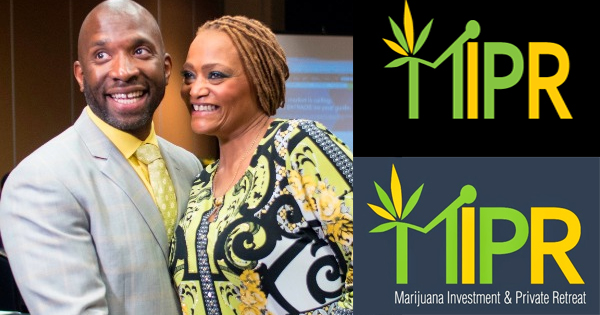Once you land full-time employment, your employer may offer the option to contribute to a company-sponsored retirement plan. You might reason you can’t afford to contribute, but you’re wrong. You can’t afford not to contribute to your retirement fund. If your company offers a matching contribution, that’s even more incentive to contribute as soon as possible. This is your chance to get free money—take it.
Steps To Take
- Start early. “Time is a critical element to investment success. It’s not timing the market as much as it’s time in the market,” says Dwight Raiford, senior financial planner and financial services representative at MetLife. Investing in your retirement as soon as you start your new job means you can benefit from tax-deferred growth and the power of compounding.
- Learn the basics. Get a firm grasp on asset allocation, diversification, and the role of taxes. “Asset allocation involves investing in all asset classes, such as stocks, bonds, natural resources, international, real estate, etc., and not just concentrating on one thing. It’s best to spread your investments as broadly as you can. Diversification involves not putting too much of your investments into any one asset. And third, aim for tax-deferred investing. Savings that accumulate untaxed, such as with a 401(k) allow you to earn more money for retirement,” Raiford says.
- Get the right mix. “For a new grad coming out of school at 22 years old, with 50 or 60 years of earning potential, I recommend a heavy weighing toward equities. Those just out of college should have 80% to 85% of their portfolio in equities or in an equity mutual fund and 15% to 25% in a fixed-income fund,” says Raiford.
- Make saving and debt management a priority. Build an emergency fund of at least six to eight months of living expenses before you start investing. Raiford also advises getting debt under control. “If it’s not managed properly, or it’s too much, it may impact what you can invest for, such as a home purchase,” he says.
- Contribute as much as you can. Start by contributing up to your employer’s match, if they offer one. Once you earn more, begin to increase your contributions. “I would suggest 16% of your paycheck for savings and investing. Once short-term goals are met, such as creating an emergency fund, most of that money should go toward investing
- Your retirement fund is not a piggy bank. Some withdrawals made from certain qualified retirement plans before you reach age 65 ½ are subject to a 10% early-withdrawal penalty.
Original Article: Black Enterprise
[fbcomments url=”http://urbanmoney.org/project/6-tips-for-young-black-investors/” width=”790″ count=”off” num=”30″ countmsg=”wonderful comments!”]

















